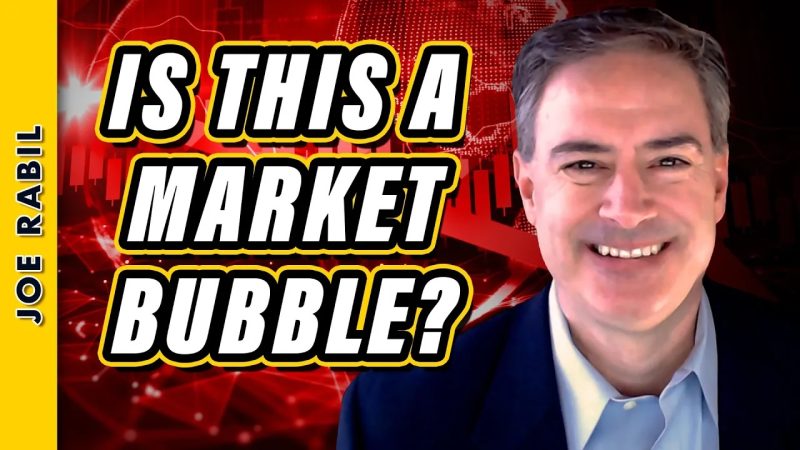The recent market conditions have raised concerns among investors and analysts alike, leading many to question whether we are currently experiencing a market bubble or investor mania. While some experts argue that the rise in stock prices is a sign of a healthy market recovery, others warn of a potential bubble burst due to excessive speculation and overvaluation. In this article, we will examine the key differences between a market bubble and investor mania, as well as the implications of each scenario for investors.
Market bubbles are characterized by a rapid increase in asset prices, driven by speculative behavior and investor overconfidence. During a bubble, asset prices are driven far beyond their intrinsic value, creating a disconnect between market prices and underlying fundamentals. This phenomenon often leads to excessive risk-taking and irrational exuberance among investors, resulting in inflated valuations and unsustainable market growth.
On the other hand, investor mania refers to a situation where investors exhibit extreme enthusiasm and euphoria towards a particular asset or market sector. This intense frenzy can drive prices to unprecedented levels, fueled by herd mentality and fear of missing out (FOMO). Investor mania often occurs when market participants become detached from rational decision-making and succumb to the lure of quick profits and speculative gains.
While both market bubbles and investor mania can result in significant market volatility and downside risks, they have distinct characteristics that differentiate them from each other. Market bubbles are typically fueled by broader macroeconomic factors such as low interest rates, easy credit conditions, and asset price inflation. In contrast, investor mania is driven by behavioral biases and emotional factors that can lead to excessive trading and unsustainable price run-ups.
The implications of a market bubble or investor mania can vary depending on the extent of the phenomenon and the underlying market conditions. In the case of a market bubble, investors face the risk of a sharp and sudden correction, as overvalued assets re-adjust to their true value. This can lead to significant wealth destruction and economic fallout, as seen in previous market bubbles such as the dot-com bubble of the early 2000s and the housing market bubble of the late 2000s.
In contrast, investor mania can result in shorter-term price distortions and volatile market behavior, driven by sentiment and market psychology. While investor mania may not always lead to a full-blown market collapse, it can create pockets of excessive speculation and asset bubbles within specific market sectors or asset classes. Investors who succumb to FOMO during periods of investor mania may face the risk of significant losses if market sentiment reverses suddenly.
As investors navigate the current market environment, it is crucial to remain vigilant and disciplined in their investment approach. By conducting thorough research, diversifying their portfolios, and avoiding succumbing to emotional bias, investors can mitigate the risks associated with market bubbles and investor mania. While it is impossible to predict the exact timing or magnitude of market corrections, staying informed and disciplined can help investors weather volatile market conditions and achieve long-term financial success.

